A letter to my teacher template
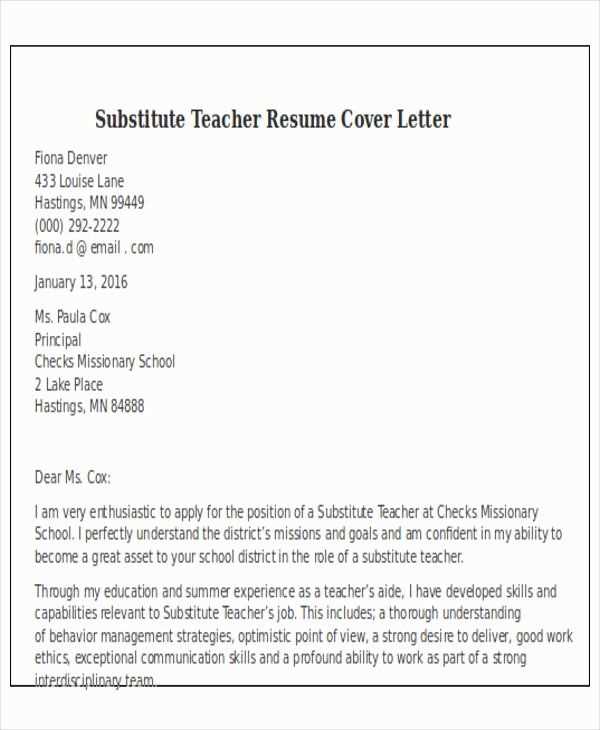
Writing a letter to your teacher can be a great way to express appreciation, share thoughts, or address any concerns you might have. When drafting such a letter, focus on being clear and respectful. Start by addressing the teacher politely, using their proper title, followed by a friendly greeting. This sets a positive tone from the beginning.
Next, organize your thoughts. If the purpose of your letter is to thank your teacher, make sure to mention specific actions or lessons that had a positive impact on you. If you have a question or concern, state it directly and respectfully, offering any necessary context so your teacher can understand your point of view.
End the letter by expressing your gratitude again and looking forward to continued learning. A polite closing, such as “Sincerely” or “Best regards,” followed by your name, is always a good way to finish. Keep the tone respectful but warm, as this helps build a positive and constructive relationship with your teacher.
A Letter to My Teacher Template
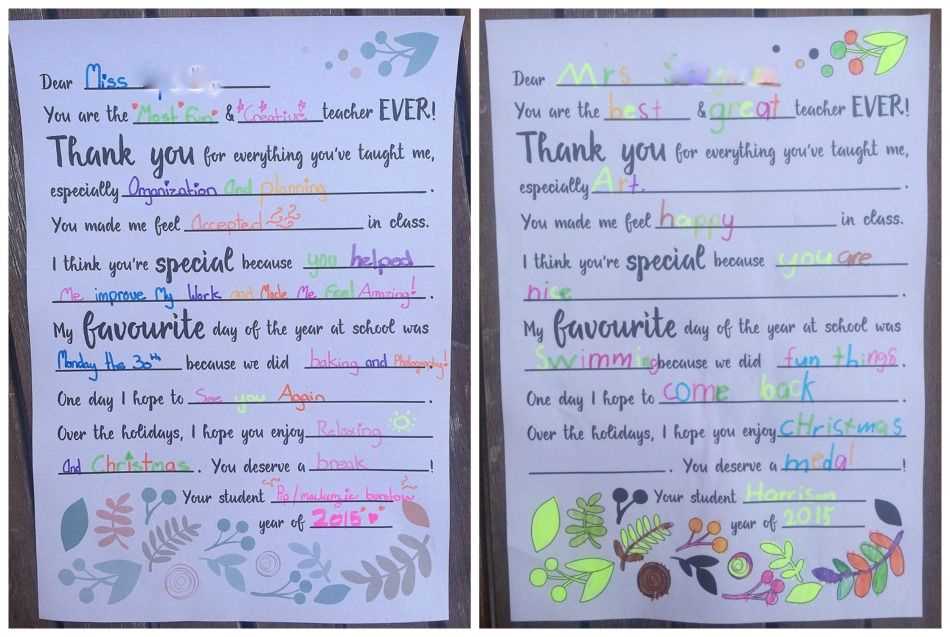
Writing a letter to your teacher can be a thoughtful way to express gratitude, ask for help, or share your thoughts. Below is a simple template you can use for your letter:
Template Structure
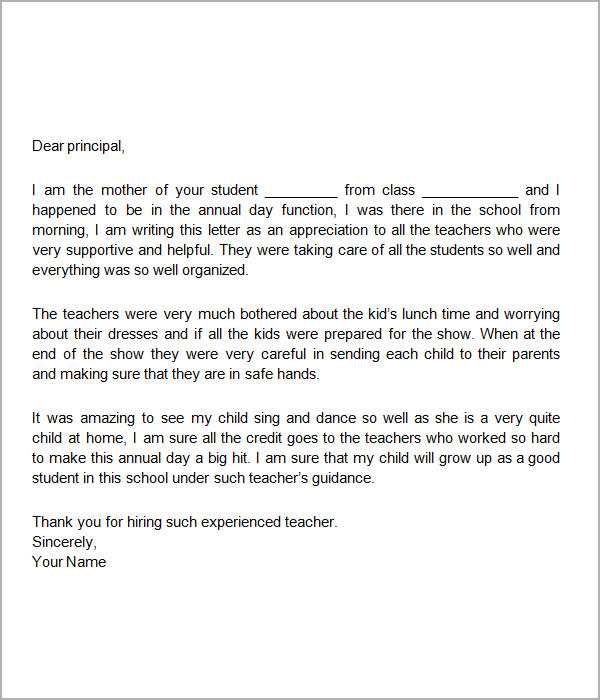
Follow this structure to keep your letter clear and organized:
| Section | Description |
|---|---|
| Greeting | Start with a respectful greeting, like “Dear [Teacher’s Name],” |
| Introduction | Briefly introduce yourself and state the purpose of your letter. |
| Main Body | Discuss your thoughts, questions, or thanks. Be clear and specific about what you want to communicate. |
| Closing | End with a polite closing line, such as “Sincerely” or “Best regards,” followed by your name. |
Example of a Letter
Dear Mr. Smith,
I hope you are doing well. I am writing to thank you for your guidance during this semester. Your feedback on my recent assignment helped me understand the material better, and I feel more confident in my work.
Additionally, I wanted to ask if you could provide more examples on the topic we discussed in class last week. I am still trying to grasp some of the concepts and would appreciate any extra resources you could share.
Thank you for your time and for always being supportive. I look forward to your feedback.
Best regards,
John Doe
Choosing the Right Tone: Formal or Friendly?
When writing a letter to your teacher, choose the tone based on the nature of your message. If you’re addressing a serious issue or requesting a formal favor, opt for a professional tone. Use polite language, proper salutations, and structured sentences to convey respect. This helps ensure your message is taken seriously and shows that you value the teacher’s position.
If your letter is more casual, such as expressing gratitude or sharing a personal update, a friendly tone works well. Keep it conversational but still respectful. Use simple, warm language that feels approachable but maintains a level of professionalism. This will help build rapport without crossing boundaries.
In both cases, be mindful of your language. Avoid overly casual language or slang in a formal context. For a friendly letter, avoid sounding too stiff or distant. Adjust your tone to match the situation for the best outcome.
Expressing Gratitude: Acknowledging Your Teacher’s Efforts
When expressing gratitude, focus on specific moments or actions that made a difference in your learning. Highlighting these will show your teacher how much their work means to you.
Be Specific About Their Impact
Instead of general compliments, mention particular lessons, activities, or support they provided. For example, “The way you explained the concepts in physics made it easier for me to understand, especially the section on force and motion.” This approach adds authenticity to your message and makes it more personal.
Recognize Their Dedication
Acknowledge the extra time and effort your teacher invested. You can mention how they stayed after class to help or how they provided additional resources. This recognition shows that you understand and appreciate the effort they put into their work.
- “I really appreciate how you always made time for questions, even when you had a busy schedule.”
- “Thank you for the extra practice exercises you shared. They helped me improve significantly.”
Taking time to thank your teacher for specific efforts goes a long way in making your gratitude feel sincere and meaningful.
Addressing Specific Learning Moments: Highlight Key Experiences
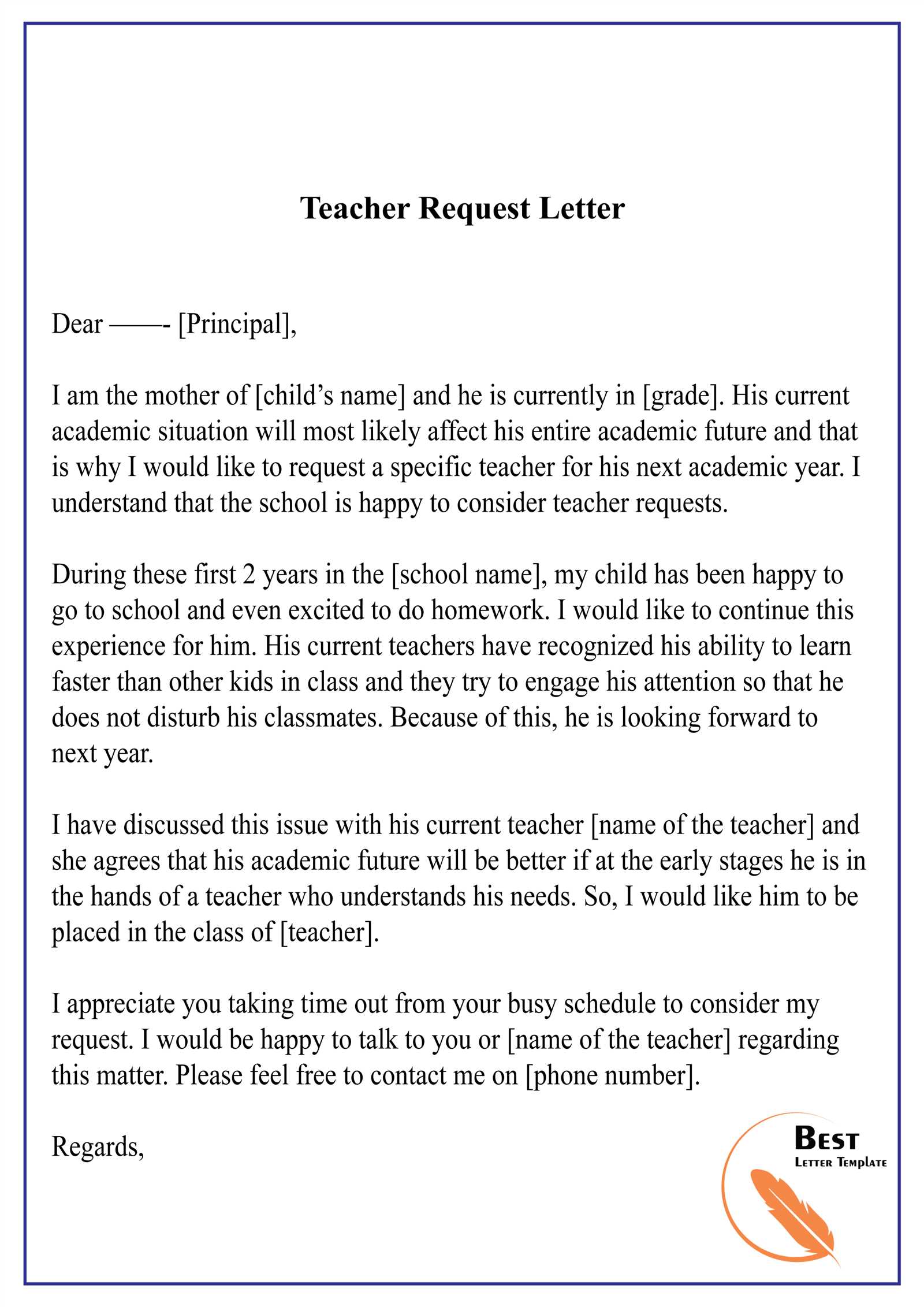
Focus on memorable moments that made an impact. These experiences show how lessons or assignments challenged your thinking or sparked interest in a subject. For example, if a project helped you understand a concept better, share how it clarified your understanding. Mention specific tasks or discussions that helped you grow or improve.
Recognizing Key Turning Points
Highlight instances when you struggled with a topic but eventually grasped it. This might include a difficult test or an assignment that seemed challenging at first. Explain how the teacher’s support or guidance made a difference during these tough times. Show how those struggles led to breakthroughs and progress.
Celebrating Collaborative Moments
Reflect on times when working with classmates brought out your best work. Perhaps a group project or class discussion helped you see things from a new perspective. Acknowledge how collaboration helped you sharpen your skills and deepen your understanding of the material.
By pointing out specific moments of learning, you demonstrate growth and appreciation for the support provided by the teacher. Be sure to mention how these experiences contributed to your academic or personal development.
What to Ask or Share: Questions and Requests for Feedback
Ask specific questions that clarify your understanding of the material. For example, inquire about a particular concept you found challenging or unclear. Instead of asking, “Can you explain this?”, try “Could you provide more examples of how this concept applies in real-world situations?” This directs the teacher’s attention to the exact area where you need help.
Requesting Clarification
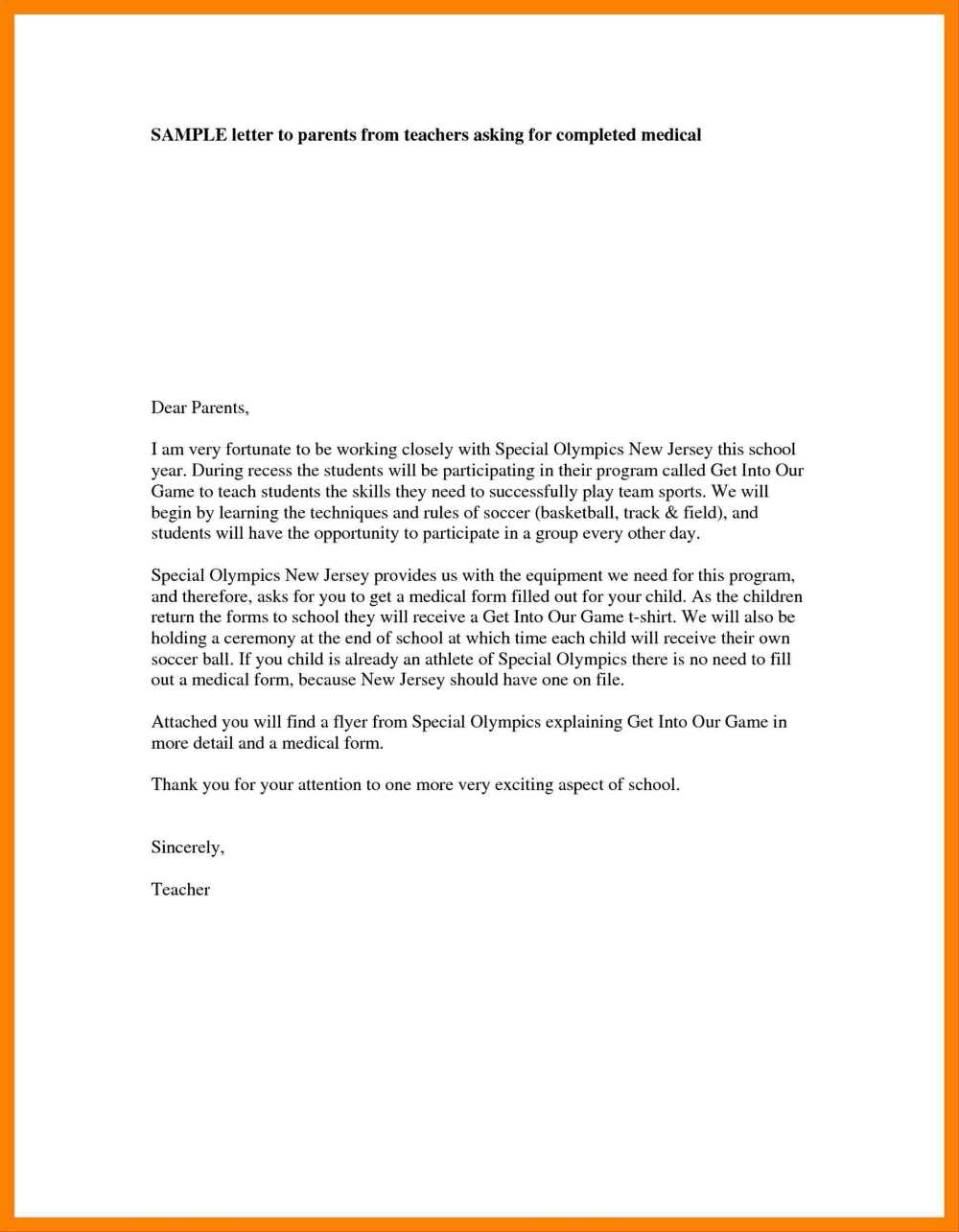
When you’re unsure about a specific point in the lesson, ask for a breakdown of the steps involved. You could say, “Can you explain the steps for solving this problem in a bit more detail?” or “Could you go over how I should approach this type of question?” This invites a more thorough explanation that is easier to follow.
Seeking Constructive Feedback
Request feedback on how you can improve. Ask, “What specific areas can I focus on to improve my grades?” or “How can I approach studying for this subject more effectively?” This will provide actionable advice on how to move forward and build on your strengths.
Ending Your Letter: Polite Closure and Sign-Off
Conclude your letter with a respectful closing statement. A good way to end is by expressing appreciation for the teacher’s time and effort. For example, “Thank you for your support” or “I look forward to your feedback.” Such phrases show gratitude and leave a positive impression.
Common Sign-Offs
For a formal and polite finish, you can use sign-offs like “Sincerely,” “Best regards,” or “Kind regards.” These are neutral and appropriate for most situations. Avoid overly casual sign-offs like “Cheers” or “Take care” unless you have a more informal relationship with your teacher.
Final Touches
After your sign-off, ensure your full name is clearly written, especially if the letter is being printed. A final note such as “I appreciate your time” can also show your thoughtfulness. Keep your tone consistent, professional, and warm, providing closure to your communication.